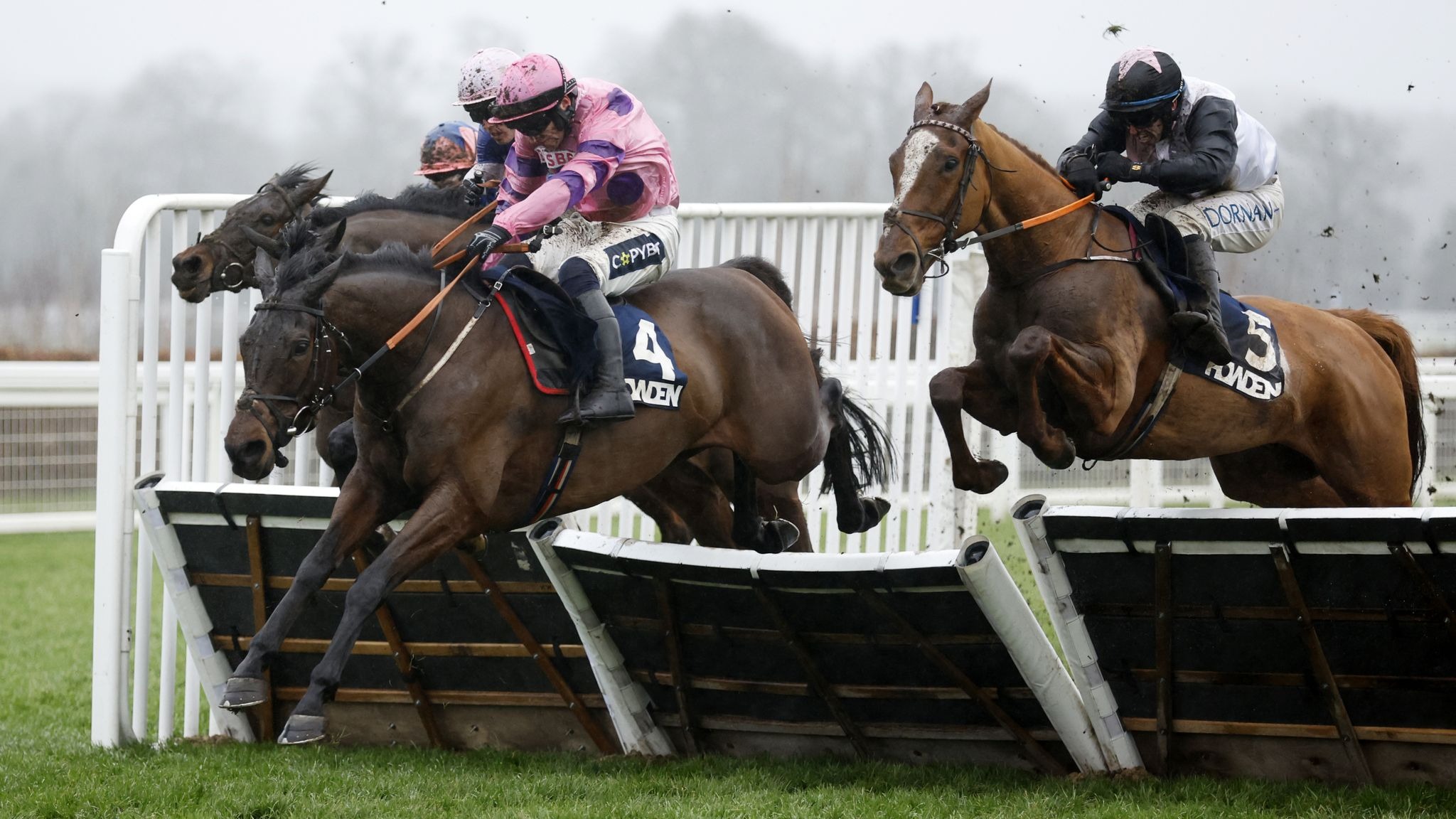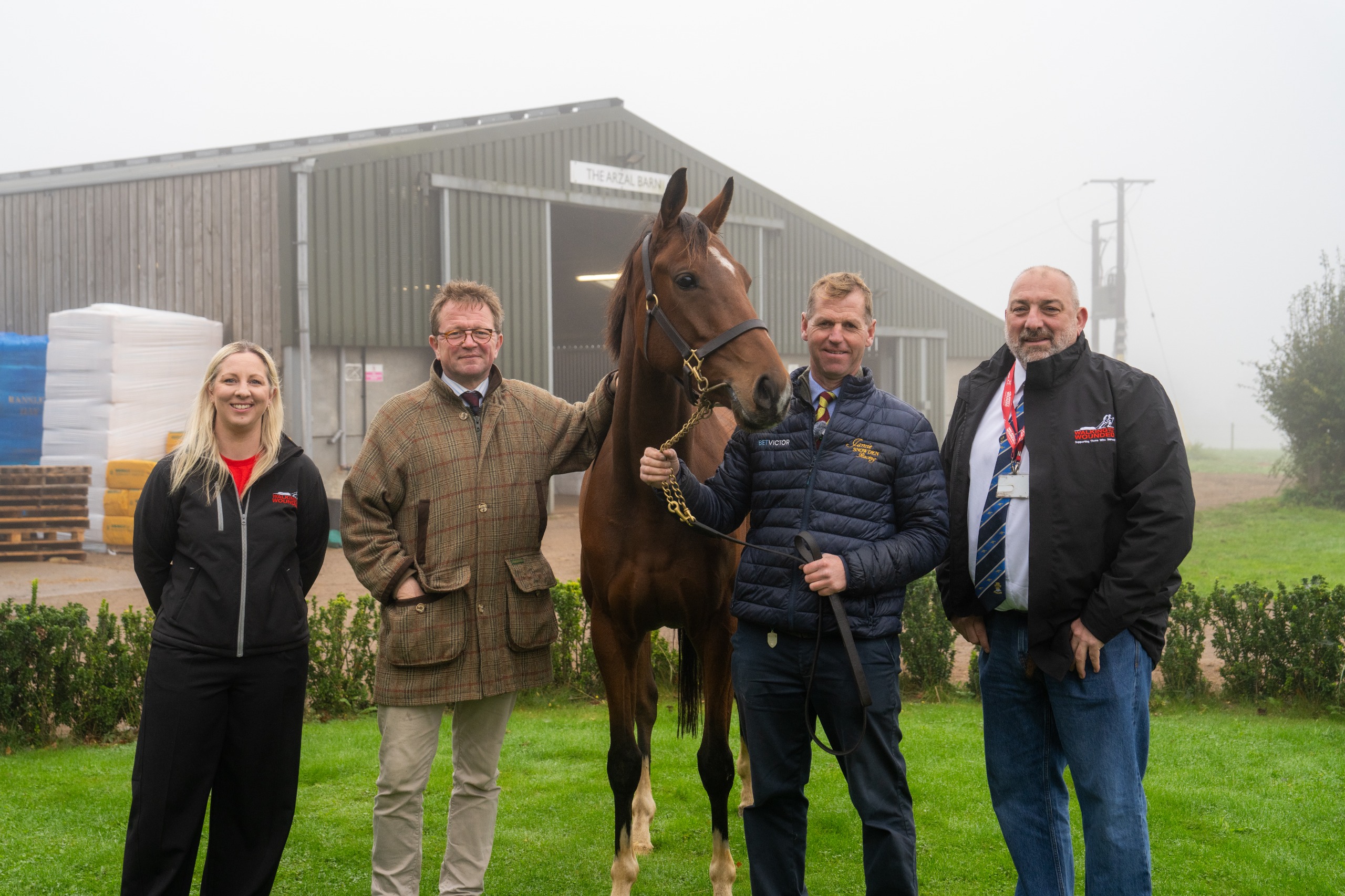Paul St John
May 20, 2021The Suffragette Derby
The Suffragette Derby, a book by Michael Tanner, has many strands. One of them is the death of Emily Davison, killed by the King’s horse, Anmer, at Tattenham Corner in June 1913.

The race would be notorious, Tanner claims, without the intervention of Davison. Eustace Loder (a 46-year-old abstemious, painfully shy and terminally ill Old Etonian who was also a member of the Jockey Club and a Steward) had bred the Derby favourite, Craganour, but had sold him unraced. The new owner was a big game hunter, Charles Bower Ismay. He was 39, good looking, a man about town and an Old Harrovian.
They hated each other. When Ismay’s 6/4 jolly was first past the post, Loder was judge and jury. He insisted on an enquiry, even though there had been no objection. The favourite was disqualified and placed last.
Johnny Reiff, a France-based American jockey, was having just his second ride in the UK that season. Billy Saxby had been jocked off, having ridden Craganour in the 2000 Guineas, and he considered Reiff a mercenary. ‘Rivalry between the English riders and the Yanks borrowed from France is becoming a serious problem’ said the Daily Express. Prior to finding Reiff guilty of ‘foul riding’ Loder called Saxby as a witness.
Background
‘Suffragette’ was a derogatory, misogynistic term invented by a sub-editor at the Daily Mail. The leaders of the women's suffragist movement nevertheless embraced it. Those leaders, long before 4th June 1913, had labelled Emily Davison ‘a self-dramatising individualist, insufficiently capable of acting in the confines of official instruction’. She was an outsider, mistrusted in her own camp, who planned and acted alone.
Tanner takes a compassionate, forensic and sceptical approach. The suffragettes were puritanical. A pamphlet of theirs, The Awakener, had described the horse racing world as one in which ‘selfishness and lust race neck and neck’.
It was a time of extremes. There was industrial unrest. Two striking miners had been shot dead in South Wales and warships had been sent down the Mersey to quell revolt. There was war in the Balkans which threatened to engulf Europe.
The day
In the morning Emily bought two flags from the suffragette HQ near Lincoln’s Inn. ‘What are they for?’ the saleslady enquired. ‘Don’t ask’ was the reply. At Victoria station she bought a third class return to Epsom Downs. The return half of the ticket was placed in her black clip purse.
'Tattenham Corner’ Tanner writes, ‘was the first location Emily Davison encountered that offered the opportunity she craved: direct exposure to the newsreel cameras’.
Epsom was filled with a quarter of a million people. Emily found the crowd packed ten deep and it took her an hour to get to the rail. The crowd thinned after the first and the second race, then she was able - politely, according to witness accounts - to take her position.
With the Derby in progress, and as she ducked under the rail and onto the course, a man restrained her. ‘Madam, you mustn’t do that’. Her last words, as she shook herself free, were ‘I will’.
An Irish writer, St John Ervine, was standing a few yards away. He told the Daily Mail: ‘I heard a woman saying “what’s she doing?” and I saw Miss Davison run onto the course. The King’s horse came up and Miss Davison went towards it. She put up her hand but whether it was to catch hold of the reins or to protect herself I don’t know’.
A Mr Turner of Clapham Common was on the opposite side of the course. He thought that Emily intended to be on the track before the horses arrived and had misjudged. 'The first batch having already passed' he recalls, ‘she walked in front of the next group … The first missed her but the second came right into her, and catching her with his shoulder, knocked her with terrific force to the ground’.
Reflections
Davison had made appointments for that evening and the following week. She had the flags concealed inside her coat and her return ticket safely stowed.
She wanted to be newsworthy. Her plan could not have been to let the field pass; the course would have been instantly flooded with thousands of others (it was the custom then for spectators to spill onto the track and follow the horses down the straight). No one would have noticed her.
She intended to stand in the middle of the course waving her flags as the field passed her on either side. It was reckless, but she expected to survive and get vital publicity for her cause. There were several reasons why the plan went wrong.
Emily wasn’t used to being at the races. The two previous contests (the results of which she had noted on her racecard, probably to pass the time) were each of five furlongs. The horses had not gone round Tattenham Corner. From her position on the bend she could only see about six yards in the direction from which the Derby field would come.
She made her move about five seconds too late. No doubt she hesitated. Had she gone too early, one of the many policemen might have removed her.
If she had waited on the opposite side (the vantage point of Mr Turner) she would have had a better view. There must have been the shortest of split seconds in which she realised the horses were upon her but decided, impulsively, to go ahead anyway. She went onto the course, whilst the field was actually passing, by the rail on which most of the horses were running.
Even then, had Anmer managed to dodge her (as two other horses did) she would have been unhurt, although justifiably arrested for endangering the lives of human and equine others.
–
In her diary Queen Mary, present at the race, referred to Emily as ‘the horrid woman’.
Loder died a year later. Ismay continued to buy horses. He served with the 12th Lancers during the war and was awarded an OBE. He never won a big race.
Davison didn’t regain consciousness. She died four days later of head injuries caused by slamming into the Epsom turf. At the inquest the verdict was misadventure. The coroner summed up: ‘It was evident that Miss Davison did not make specifically for the King’s horse … her object was not to take her own life’.
The suffragette hierarchy (having disowned Emily Davison) now took her to its bosom. In death she was of use to them.
100 years later, after some opposition from the racing world, a plaque in her memory was erected at the spot where she had waited at Tattenham Corner.

Written by:
Paul St John
Share article:


